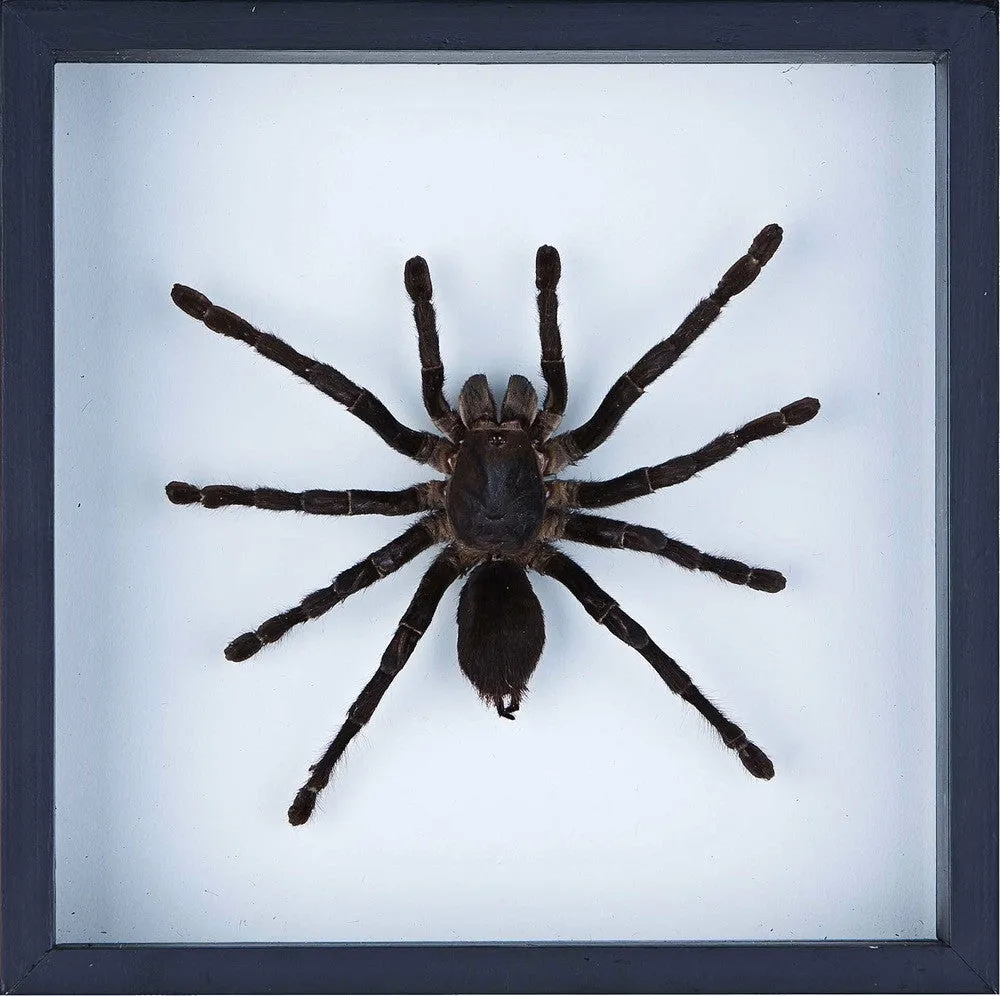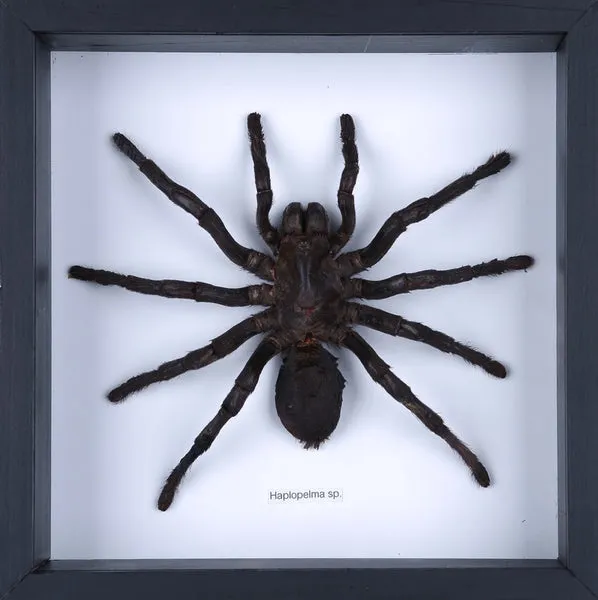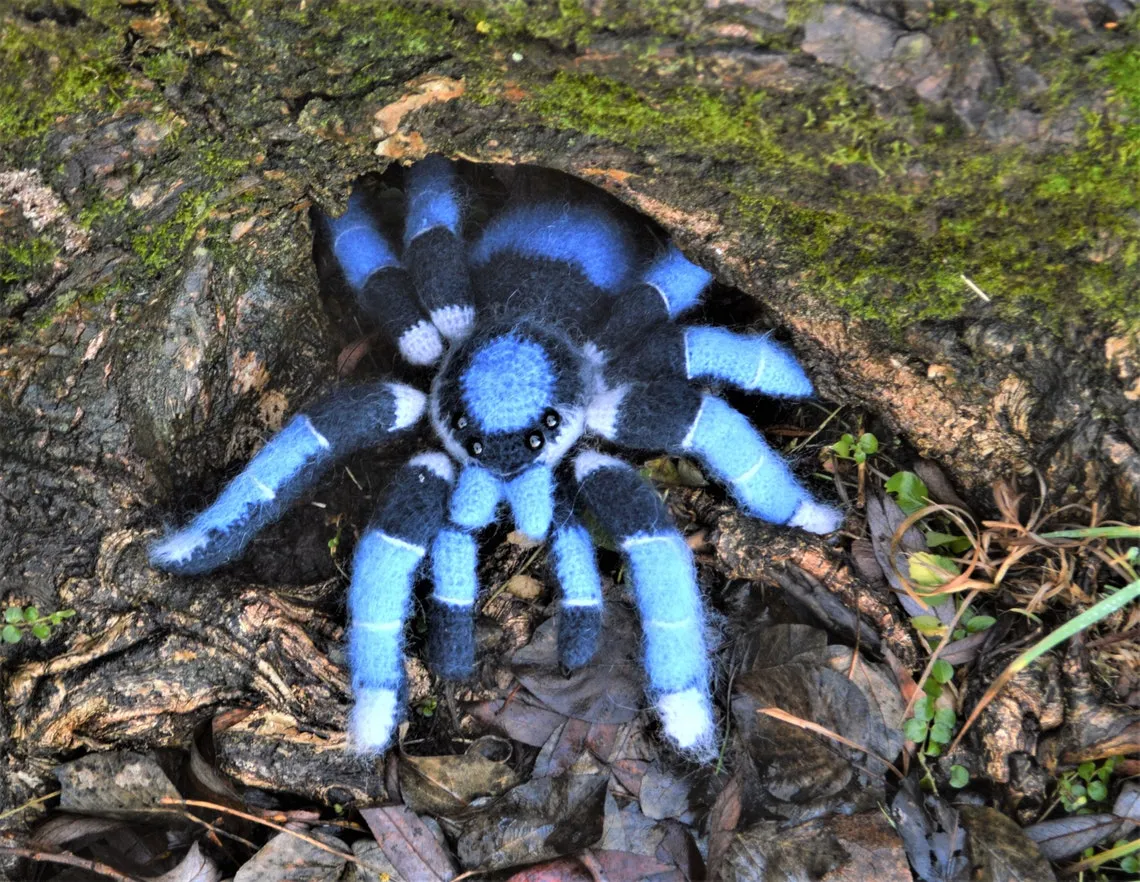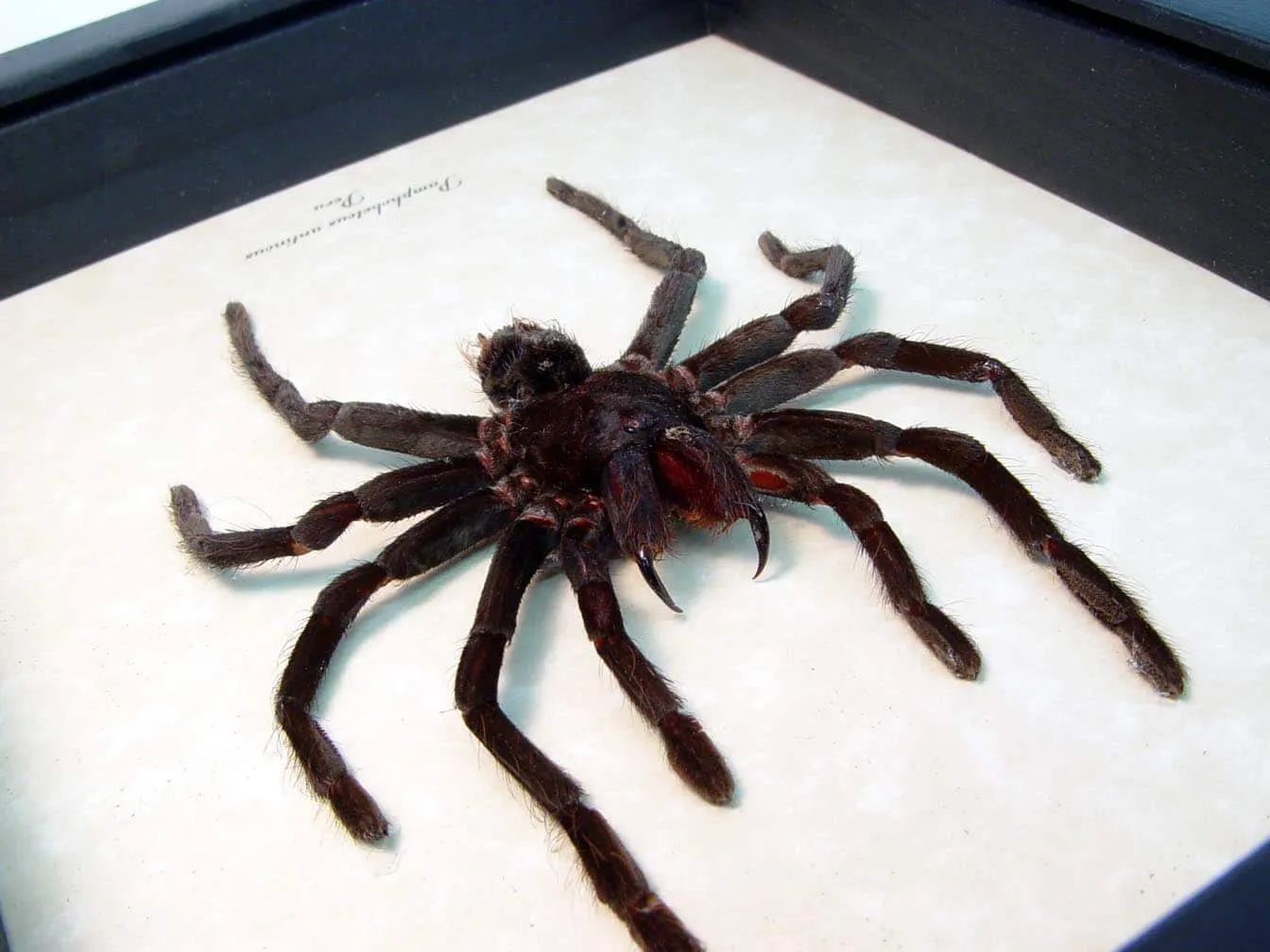What is a Bird-Eating Tarantula
The bird-eating tarantula, a formidable arachnid, belongs to the Theraphosidae family. Despite its name, it rarely preys on birds. This large, hairy spider is native to various regions, including South America. They are one of the largest spiders in the world. Their size and imposing appearance often capture the fascination and sometimes the fear of those who encounter them. These spiders are primarily nocturnal hunters, equipped with potent venom and large fangs to subdue their prey. They are a testament to the diverse and often surprising world of arachnids. This creature is a fascinating subject of study for entomologists and anyone intrigued by the natural world.
Physical Characteristics and Habitat
Bird-eating tarantulas are known for their impressive size, with some species having a leg span that can exceed 10 inches. Their bodies are covered in dense hairs, which can vary in color depending on the species and habitat. These hairs serve multiple purposes, including sensory perception and defense. They inhabit tropical rainforests and grasslands, where they build burrows or find shelter under rocks and logs. Their habitat preference is influenced by factors such as temperature, humidity, and the availability of prey. The bird-eating tarantula’s physical adaptations and habitat choices are crucial for their survival. They are a testament to the resilience and adaptability of spiders.
Where Do Bird-Eating Tarantulas Live

Bird-eating tarantulas are primarily found in the tropical rainforests and grasslands of South America. Their distribution includes countries like Brazil, Venezuela, and Guyana. They prefer warm, humid environments where they can find suitable shelter and prey. These spiders are often found in burrows they dig themselves, or they may take shelter under rocks, logs, or in other natural crevices. The specific location within these habitats can vary based on the species. Understanding their habitat helps in appreciating their role in the ecosystem and the importance of preserving their natural environment.
Spider Web and Tarantula
Unlike many spiders, bird-eating tarantulas do not rely on elaborate webs to catch their prey. They are ambush predators, meaning they wait for their prey to come within striking distance. However, they do use silk in other ways. They line their burrows with silk to provide structure and stability. They also use silk to create a tripwire system to detect the presence of potential prey. These tripwires are strategically placed around the entrance of their burrows, alerting the tarantula to any nearby movement. The use of silk underscores the versatility of this material in the tarantula’s survival strategies. The use of silk highlights the tarantula’s adaptation.
The Role of Spider Webs in Hunting
While bird-eating tarantulas don’t build webs to trap prey, they use silk in their hunting strategy. They line their burrows with silk to provide structure and to detect movement. This tripwire system acts as an early warning system, alerting the tarantula to the presence of potential prey nearby. When an insect or small animal brushes against the silk, the vibrations travel through the threads, signaling the tarantula to strike. This indirect use of silk allows the tarantula to optimize its hunting efficiency and conserve energy. This is a very different technique to that of a normal spider, it is about wait and detect.
The Bird-Eating Tarantula Diet

The diet of a bird-eating tarantula primarily consists of insects and other invertebrates. They are opportunistic feeders and will also consume small vertebrates if the opportunity arises. They are not picky eaters and will consume whatever prey is available. This includes insects, small lizards, frogs, and occasionally, small birds or rodents. Their diet can vary depending on their size and the availability of prey in their habitat. The hunting success relies on their ability to ambush their prey. Their diet underscores their role as a predator in their ecosystem, keeping populations of other organisms in balance. They are top of the food chain when it comes to spiders.
What Do They Actually Eat
Despite their name, bird-eating tarantulas rarely consume birds. Their diet mostly includes insects such as crickets, grasshoppers, and beetles. They also consume other invertebrates like worms and centipedes. They are opportunistic hunters, and their diet can also include small vertebrates, such as lizards, frogs, and small rodents. They will consume these if they have the opportunity. The tarantula’s diet reflects their adaptability to different environments and the availability of food sources. Their feeding habits are fascinating, as they reveal their complex hunting strategies. The spiders are carnivores and need protein.
Why the Name Bird-Eating Tarantula
The name ‘bird-eating tarantula’ stems from early observations of these spiders consuming small birds. The first documented observation of this behavior was made in the 18th century. This led to the common name. However, birds are not a regular part of their diet, and this behavior is relatively rare. The name has persisted over time, even though insects and other invertebrates make up the bulk of their diet. The origin of the name provides a glimpse into the history of how humans have observed and categorized wildlife. The bird-eating tarantula’s name is somewhat misleading, highlighting the importance of further understanding of the species.
Bird-Eating Tarantula Behavior

Bird-eating tarantulas are primarily nocturnal hunters. They spend the day hidden in their burrows or under cover, emerging at night to hunt. They are ambush predators, meaning they wait for their prey to come within striking distance. They use their fangs to inject venom, which paralyzes their prey. After subduing their prey, they use digestive enzymes to break down the tissues, consuming the resulting liquid. Their behavior is adapted to maximize their chances of survival in their environment. Understanding their behavior helps to appreciate their role in the ecosystem, as they play a key role in controlling the population of other organisms. They are masters of survival.
Hunting Strategies and Techniques
The hunting strategies of bird-eating tarantulas are well-adapted to their environment. As ambush predators, they lie in wait, often near the entrance of their burrows or in other concealed locations. They use their silk to create tripwires, detecting the movement of potential prey. When a target comes within range, the tarantula strikes with incredible speed and precision, injecting venom into their prey using their fangs. The venom quickly paralyzes the target, allowing the tarantula to begin the digestive process. The hunting techniques are refined by evolution. Their hunting skills make them efficient predators in their habitat.
Bird-Eating Tarantula and Human
Bird-eating tarantulas, while intimidating in appearance, are generally not aggressive towards humans. They usually prefer to avoid confrontation and will only bite if provoked or threatened. Their venom is not lethal to humans, but their bite can be painful and cause localized symptoms such as redness, swelling, and muscle cramps. These symptoms typically subside within a few days. The tarantula’s interactions with humans are limited, usually occurring in their natural habitat or when they are kept as pets. It is crucial to handle these spiders with care and respect their natural behavior. The human-tarantula relationship is one of fascination and caution.
Is It Dangerous

Bird-eating tarantulas are not considered highly dangerous to humans. Their venom, though potent enough to subdue prey, is not lethal to humans. A bite from a bird-eating tarantula can be painful and can cause symptoms such as localized pain, redness, and swelling. The discomfort typically lasts for a few days. It is important to note that allergic reactions can occur in some individuals, which could require medical attention. The tarantula’s fangs can also cause mechanical injury. Despite their intimidating size and appearance, these spiders are not inherently aggressive. Therefore, they pose minimal threat to humans. Precautions should be taken when handling and observing these spiders.
The Impact of Tarantulas on Ecosystems
Bird-eating tarantulas play a significant role in their ecosystems as predators. They help to control the populations of insects and other invertebrates, thereby influencing the structure and balance of their habitats. Their presence or absence can have cascading effects on other organisms. They serve as a food source for other animals, contributing to the food web. Their burrows can also provide shelter for other species, making them part of a diverse ecosystem. They are a key component of their environment. The impact of bird-eating tarantulas on their ecosystems highlights the importance of conservation efforts to protect these fascinating creatures and their natural habitats.
